Optimal soil for strawberries: what should it be like?
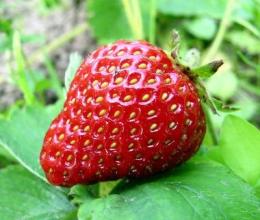
The popularity of this berry plant among summer residents and gardeners has always been and remains at the highest level. High yield and quality of strawberry ripening is achieved through not only optimal selection of varieties, but also compliance with the basic requirements of soil preparation technology for planting strawberry crops.
Content:
- Main components of strawberry growing technologies
- Optimizing soil for planting strawberries
- Organization of watering strawberry crops
- Soil fertility level for strawberry crop
- Little gardening tricks
Main components of strawberry growing technologies
The greatest importance for planting strawberry crops is the appropriate choice of site. It should be located in a well-lit place with sunlight and protected from drafts as much as possible. The soil under the site should be light in texture and well moistened. Areas where underwater water is closer than 1 meter from the surface should be avoided.
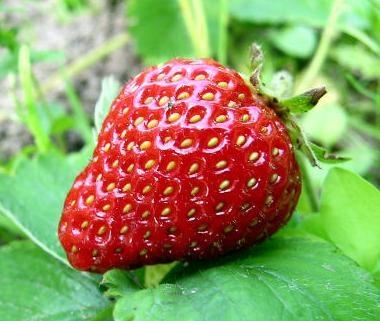
Basic agrotechnical requirements for growing strawberry crops:
- carrying out high-quality soil preparation;
- use and optimization of schemes for placement of strawberry crops;
- selection of varieties according to yield and degree of ripening;
- optimal protection against diseases, weeds and plant pests.
When planting strawberries It should be noted that some varieties do not tolerate excess carbonates (calcium derivatives) in the soil.
Optimizing soil for planting strawberries
Soil preparation plays a primary role in the development of plants, the degree of yield and the quality of strawberry fruits. Such a moment as choosing the right site will not only allow you to get a high yield, but will also make it possible to prevent many diseases, and will also significantly simplify plant care.
The optimal soil for strawberries, as it should be, is sandy or sandy-loamy light soil with a humus content of no more than 3%.
Strawberries do not grow well in heavy soils, such as clay soils. The clay fraction, forming compacted layers, is capable of retaining moisture for a long time, which leads to rotting of the roots.
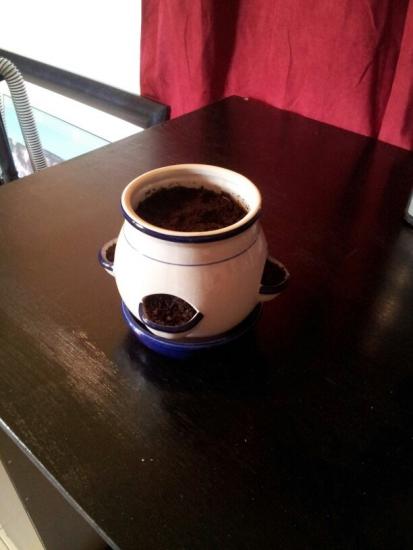
Peat soils contain a large amount of organic matter. Strawberry crop is prone to diseases, which are associated with the soil cover. Therefore, on peat soils, a disease such as late blight, resulting from an excess of free fluorine in the soil, is common among strawberry crops.
Organization of watering strawberry crops
The length of the root system of the strawberry crop is about 30 cm. When preparing planting holes, it is necessary to carry out such a simple measure as checking the degree of soil compaction in the selected area. Having dug a hole to a depth of 50 cm, you should make sure that there are soil compactions or not. If the soil is compacted, cultivation should be carried out.
Soil moisture is one of the most important factors when planting strawberries. At the time of planting the strawberry bush, the soil should be close to 100% moisture capacity and at the same time easily permeable to water.
Such humidity is achieved exclusively by daily regular watering. The ideal option is to install drip irrigation systems on the site, which will greatly simplify the watering procedure.
During the period of intensive leaf growth, the watering rate is significantly reduced, but does not stop. An important point is to prevent both drying out of the soil and excess moisture throughout the growing season. Drying out will lead to a low yield, and excess moisture will lead to the development of fungal diseases of the crop, which will also significantly reduce the yield. If there is excess moisture, arrange drainage.
Soil fertility level for strawberry crop
The most fertile soil for strawberry crops is the one that contains 3% humus. The humus indicator is responsible for the optimal amount of moisture in the soil. When the humus level is low, mullein is added to the soil.
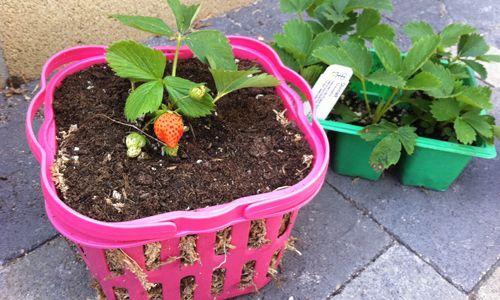
How to achieve such an amount of fertile soil? Is it really necessary to buy tons of land to provide yourself with a harvest? You can purchase. Or you can prepare the soil yourself in the conditions of a personal plot.
Little gardening tricks
Light sandy loam of high quality with an appropriate level of fertility can be obtained from turf soil, which after certain processing turns into fertile soil suitable for planting strawberry crops.
- In early spring, as soon as the snow melts, at the forest edge or clearing, layers of earth (turf) about 8 cm thick are cut down.
- The turf is folded into a heap: 1 m wide and 80 cm high. Every 2-3 layers are watered generously, as is the entire pile after laying.
- The piles are covered with film in such a way that air gets under it.
- After three weeks, a process called “organic combustion” begins in the piles.In this process, almost all organic matter burns out, including pathogens, weed seeds, viruses, molds and insect larvae.
- The film is removed after 2 months from laying the pile, and the soil is sifted.
Carrying out the above activities agrotechnical works will allow you to obtain optimally fertile soil of the appropriate structure for growing strawberries. Such soil is devoid of remnants of vegetation and pathogens, well drained, airy and enriched with oxygen.



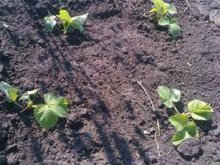


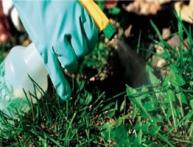
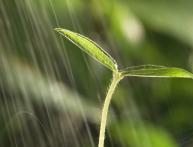
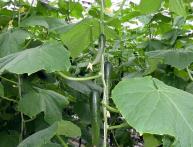

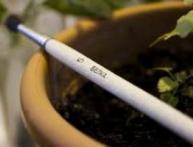
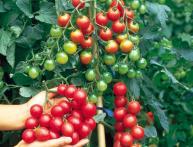
Comments
It is important that the soil is very moist when planting, and once the strawberries are established and begin to bloom, you should be more careful with watering, it is very important not to overwater the strawberries. Where I live (in the middle zone) the soil for planting strawberries is simply ideal if you fertilize it from time to time. When the summer is sunny, the harvests are good, but if the summer is rainy, the berries immediately spoil, become unsweetened and are scarce.
I try to fertilize existing strawberry bushes or the soil for planting them only in the fall. During the winter, many harmful microorganisms freeze out in fertilizers (and I only use organic fertilizers), and the bushes almost do not get sick, and they take root well.